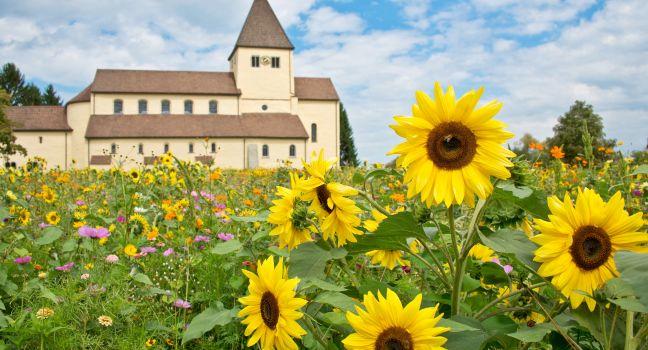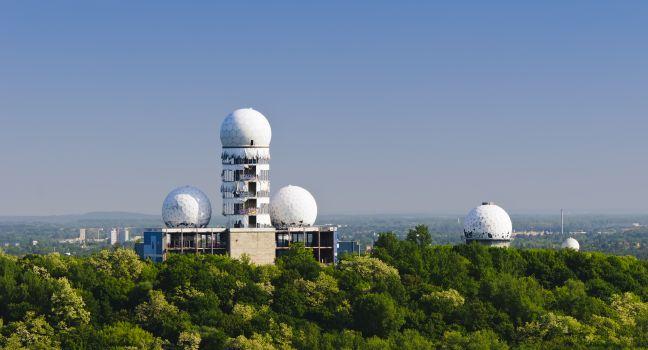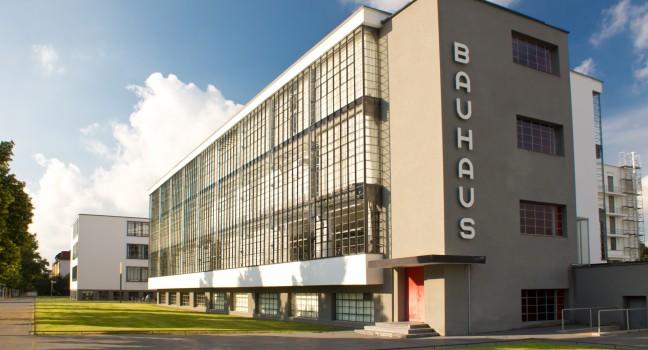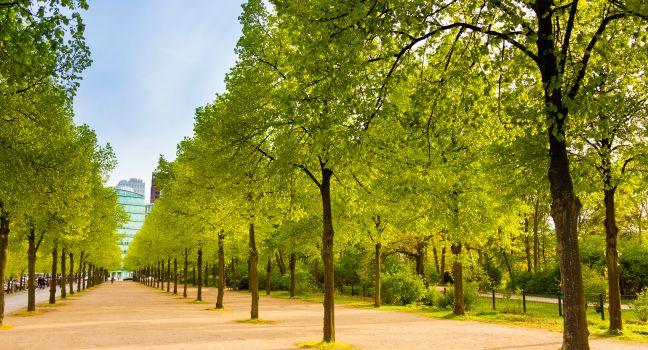Stadtkirche St. Marien
From 1514 until his death in 1546, Martin Luther preached two sermons a week in the twin-tower Stadtkirche St. Marien. He and Katharina von Bora were married here (Luther broke with monasticism in 1525 and married the former nun). The altar triptych by Lucas Cranach the Elder includes a self-portrait, as well as portraits of Luther wearing the knight's disguise he adopted when hidden at the Wartburg; Luther preaching; Luther's wife and one of his sons; Melanchthon; and Lucas Cranach the Younger. Also notable is the 1457 bronze baptismal font by Herman Vischer the Elder. On the church's southeast corner is a discomforting juxtaposition of the two







